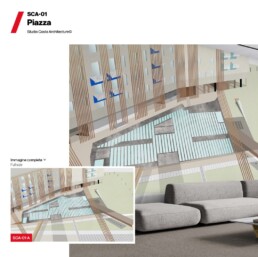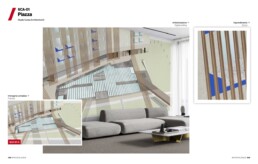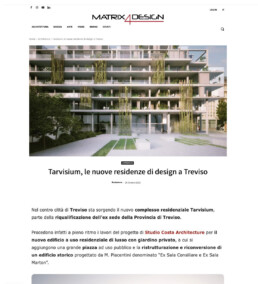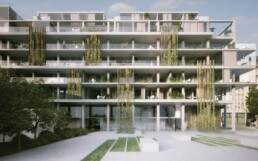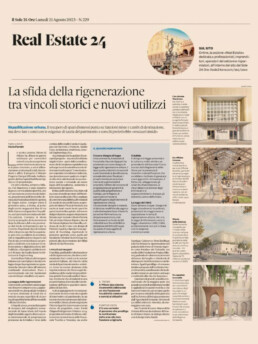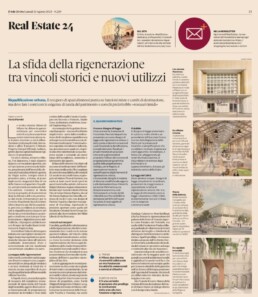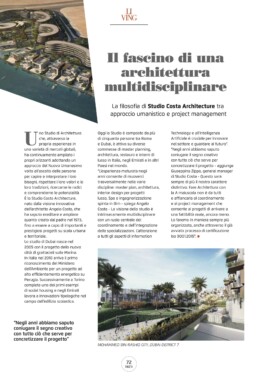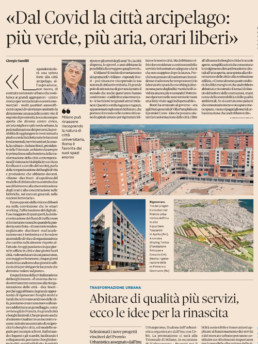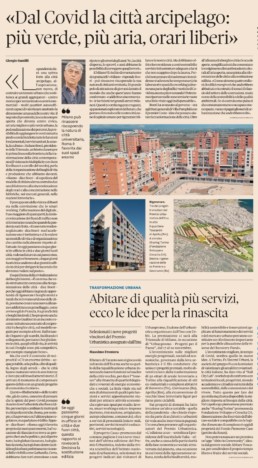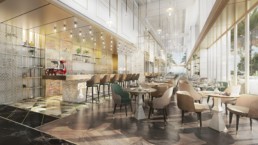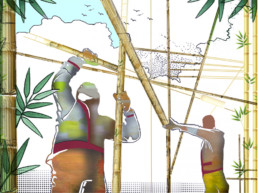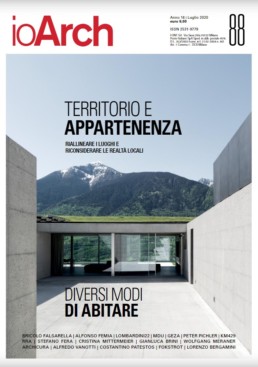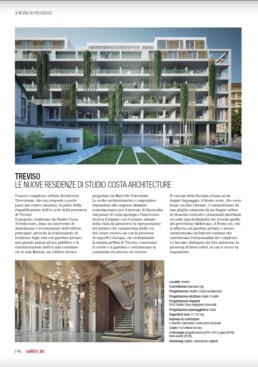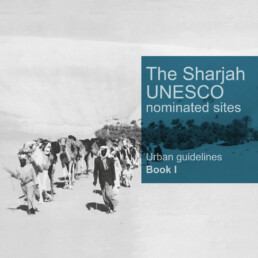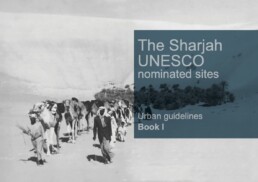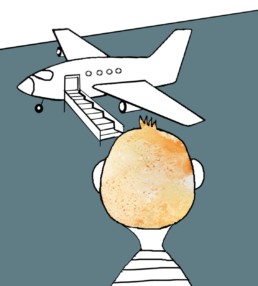Tarvisium, le nuove residenze di design a Treviso
admin
Nel centro città di Treviso sta sorgendo il nuovo complesso residenziale Tarvisium, parte della riqualificazione dell’ex sede della Provincia di Treviso.
Procedono infatti a pieno ritmo i lavori del progetto di Studio Costa Architecture per il nuovo edificio a uso residenziale di lusso con giardino privato, a cui si aggiungono una grande piazza ad uso pubblico e la ristrutturazione e riconversione di un edificio storico progettato da M. Piacentini denominato “Ex Sala Consiliare e Ex Sala Marton”.
BIM Object Interview: Livia Geusa - BIM Coordinator & Senior Architect
admin
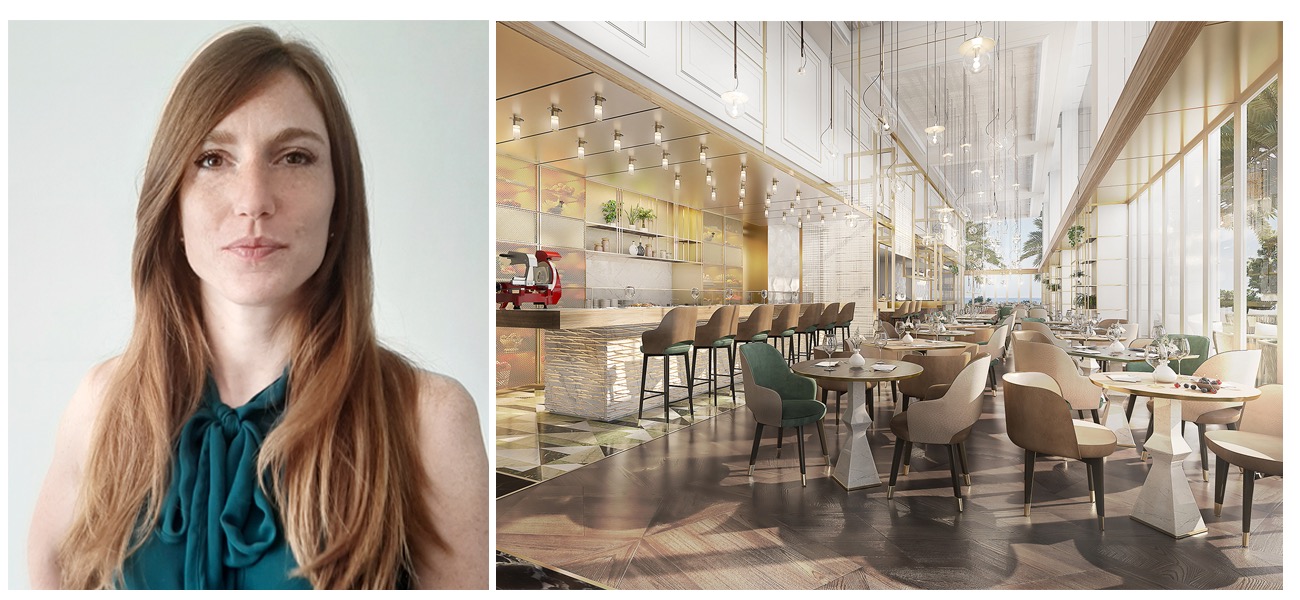
Intervista Livia Geusa – BIM Coordinator & Senior Architect
Sono architetto dal 2012. Ho lavorato per cinque anni in una società di ingegneria dove ho avuto la possibilità di lavorare per due periodi prolungati all’estero, in particolare in Oman e in Qatar. Con il progetto della nuova metropolitana di Doha in Qatar è iniziato il mio approccio alla metodologia BIM.
Da tre anni lavoro presso Studio Costa Architecture come BIM Coordinator e Senior Architect dove ho implementato ulteriormente le mie conoscenze utilizzando Revit anche per la progettazione degli interni.
Studio Costa Architecture è uno studio di progettazione con sede a Roma, Dubai e Riyadh che sviluppa progetti di architettura a varie scale, dal masterplan all’architettura fino all’interior design.
Negli ultimi anni sono stata BIM Coordinator per progetti complessi di Interior Design sia per strutture ricettive che residenziali di lusso in Medio Oriente.
Proprio grazie a questi lavori siamo riusciti ad implementare perfettamente la tecnologia BIM in tutti i processi di lavoro dello studio, dai processi creativi preliminari fino a quelli più tecnici esecutivi.
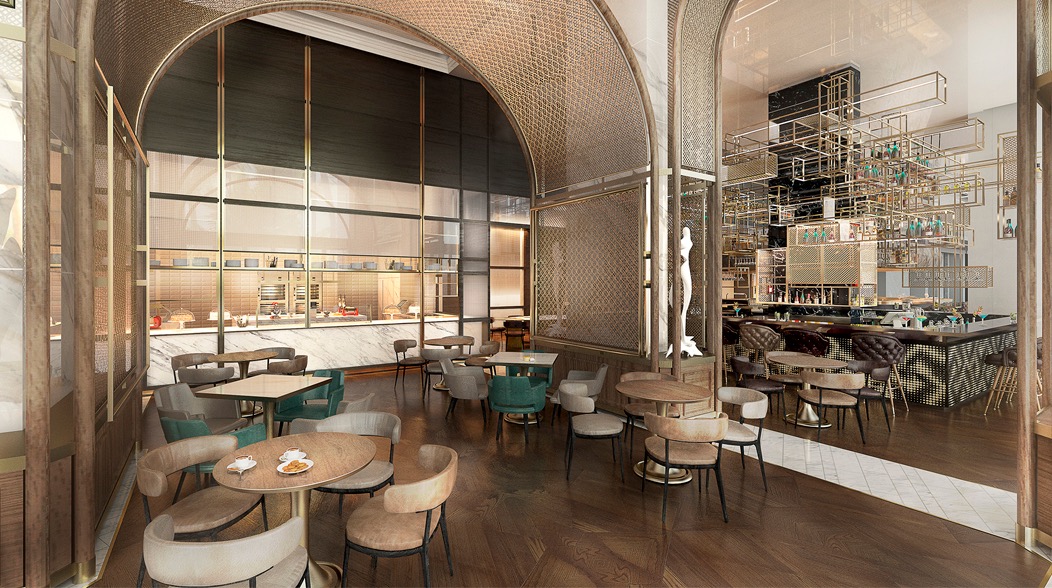
Per quale motivo ha scelto di utilizzare BIMobject?
Seguo progetti di Interior Design in Revit dalla fase progettuale iniziale del concept fino al costruttivo, è perciò utile trovare sulla piattaforma di Bimobject i modelli di arredo che siano sempre aggiornati, dettagliati e corrispondenti a quelli che sono pubblicati nei cataloghi dei principali marchi presenti sul mercato internazionale. In questo modo il team è in grado di consegnare al cliente in tempi rapidi un progetto verosimile nelle dimensioni e proporre delle immagini che siano realistiche.
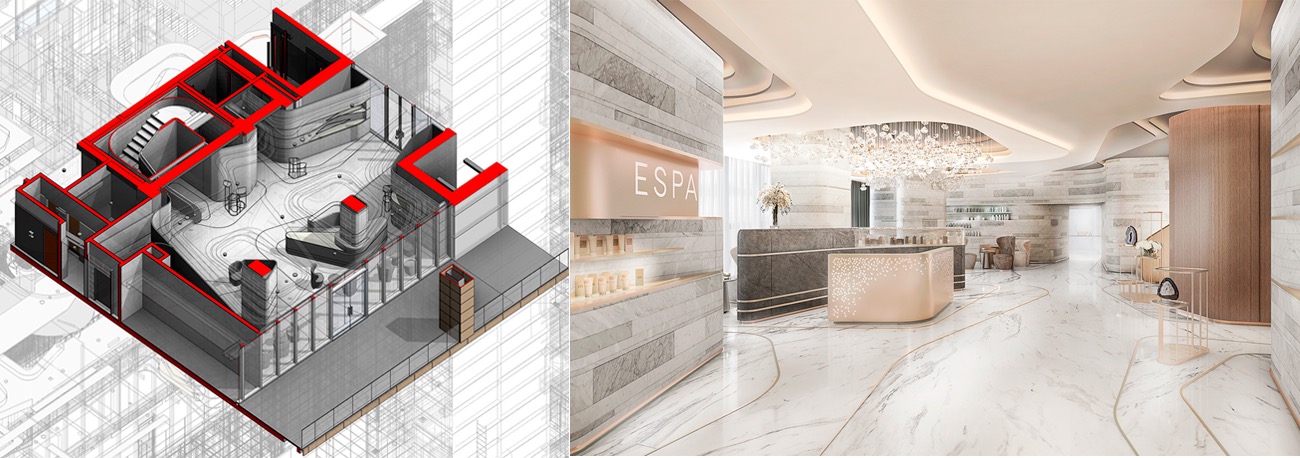
Come usa abitualmente BIMobject?
Nei progetti che sviluppiamo spesso mi confronto con progetti di ID di grande dimensione e complessità e nel coordinare il team è utile una piattaforma come Bimobject dove poter trovare modelli 3D per famiglie Revit che utilizziamo spesso come ad esempio arredi, sanitari ed elementi di illuminazione ma che siano anche siano compatibili con gli altri software utilizzati.
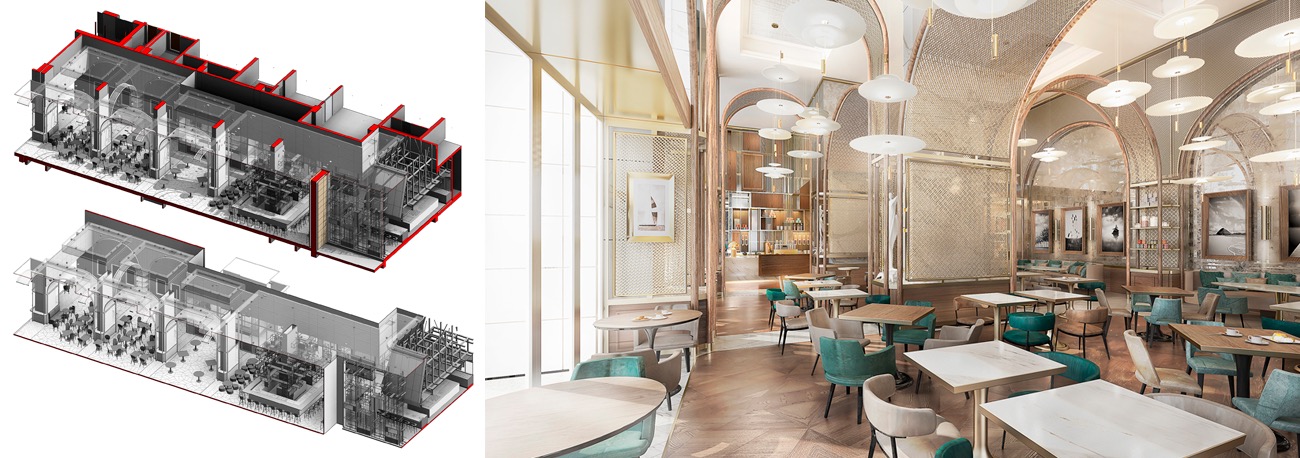
In che modo BIMobject è utile al suo lavoro?
Il workflow della progettazione di ID include l’utilizzo di diversi software a seconda della fase progettuale e dell’intento della rappresentazione. Poiché SCA si occupa non solo della progettazione ma anche della visualizzazione è utile poter usufruire di modelli esistenti di arredi aggiornati che attualmente sono in catalogo al fine di utilizzarli nei diversi software e infine mostrarli ai clienti direttamente nei renderings perché hanno materiali e texture incorporati.
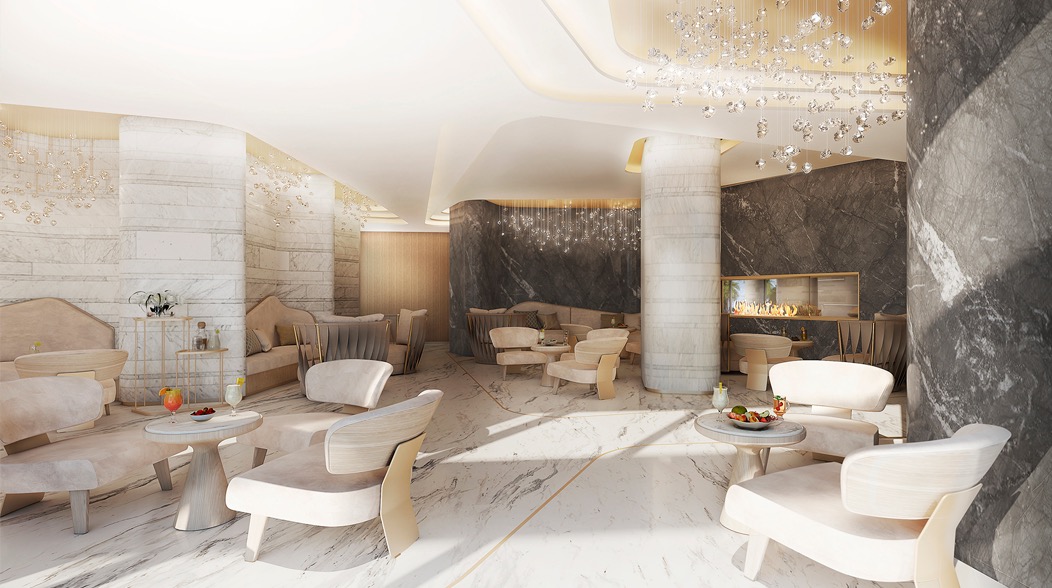
Quali sono le opportunità che le sta offrendo BIMobject?
Sicuramente permette di svolgere più velocemente il lavoro poiché mostra contemporaneamente su un’unica piattaforma oggetti di numerose aziende produttrici per poter fare un rapido elenco dei vari fornitori presenti sul mercato e per poter analizzare direttamente un confronto tra le caratteristiche di un determinato componente tra i diversi brand. La possibilità di avere una bacheca di preferiti riduce maggiormente il tempo e la semplicità nella ricerca.
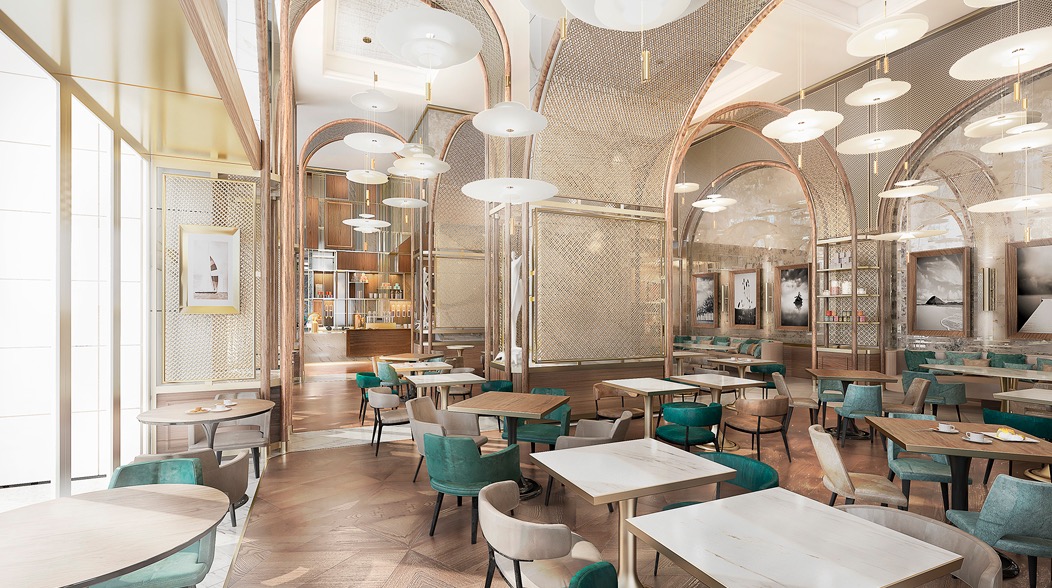
Il suo lavoro riesce ad essere più “sostenibile” per l’ambiente grazie a BIMobject e il mondo digitale?
In termini di sostenibilità sicuramente si risparmia sulla stampa di numerosi cataloghi cartacei, di difficile consultazione e che poi solitamente vengono superati e aggiornati annualmente.
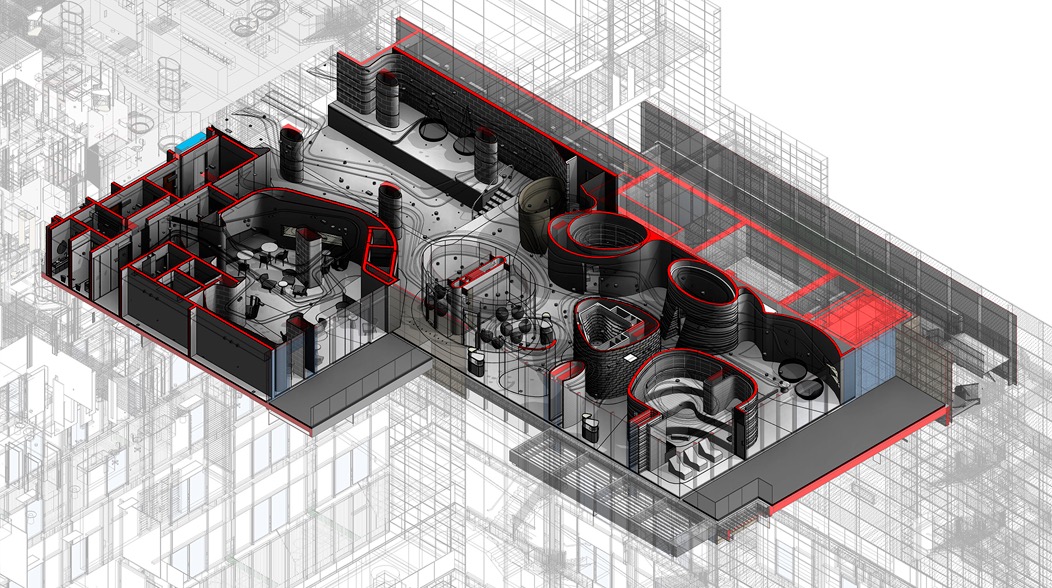
Rebuild
admin
Now we know that new lifestyles are possible.
It’s time to rebuild our cities.
Let’s make them more sustainable, inclusive, in harmony with nature. Let’s rebuild the cities of the future today.
New Humanism for the cities of tomorrow.
U.F.A. – Unidentified Flying Architecture
admin
I sogni dei bambini sono libertà e ispirazione. Sognano: immaginano nuovi spazi senza limiti, più fantasiosi e adatti alla loro crescita. Al risveglio, trasformano questi spunti in gioco e sperimentano con gli oggetti reali le varie possibilità di comporre e ricomporre i volumi, creando costruzioni che impegnano fantasia e manualità, rischio felicità e rigore. Anche così…nasce l’architettura.
